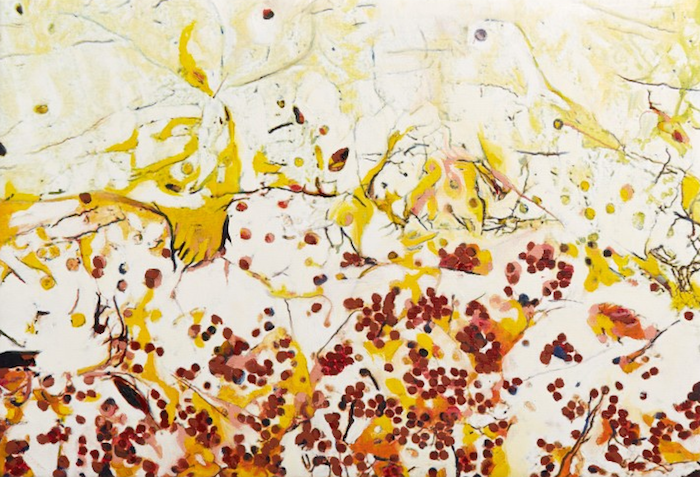
The exigencies—and the promises—of free speech stipulate that our capacity to say (and show) what we believe to be worthy is protected by law. To this end and in most instances,Generally speaking, the things we make are intended to provoke opinion, which is a primary form of intended consequence. From the advent of the town crier to the development of broadsides, political posters to crowdsourced campaigns, boldly persuasive propaganda to loopy video mashups, designers have always sought to push the boundaries between the self and society.
But there is some essential component missing from the equation if we deliberately create things that are destined to travel far beyond the purview of our own ambitions, where we cannot possibly anticipate their outcomes, whether good or bad, enlightened or disastrous. Once unmoored from our imaginations, the things we so enthusiastically produce embark on their own tricky odysseys, whereupon they are invariably poised to gain their own momentum, to traffic in their own often unprecedented vulnerabilities. To the extent that students focus on making—and distributing—their work without weighing the broader and more complicated cultural frameworks that characterize civilizations other than their own, we have failed as educators, as mentors, and, for that matter, as empathic individuals, whose job it is to steer the conversation toward something as basic, as critical—and as profoundly human—as consequence.
In the end we must, of course, inevitably go forward but bear in mind the degree to which it can be hard, impossible even, to go back. The physical, social, and cultural repercussions that can emerge from even the most guileless design decisions are likely to be far more indelible than the well-intentioned minds from which they originate.
In France, as elsewhere, the “right to be forgotten” currently manifests as a digital initiative, reducing undesirable kinds of social stigma by removing certain incriminating bits of visual evidence online. But that is another kind of consequence, isn’t it? Even and perhaps especially in those interstitial spaces, we are far more likely to remember what we see than to forget it. It is perhaps too easy to assume that given the apparent fluidity with which our communications are being disseminated—fast and furious, trending and viral—the ecosystem supporting them is equally fungible, even forgiving. Fugitive pigments, the blue in certain types of cyanotype printing, for instance, can sometimes recover when light exposure is reduced. The color of litmus paper can be made to change when exposed to certain acids affecting its pH level. But design can never be a willing participant in such controlled experiments. Its impact cannot be so easily harnessed, tethered to predictable, if aspirational, results. Maybe that’s the thing about consequence: it can’t self-regulate—not without some fallout, some small yet irreversibly potent development, a tenacious and willful fragment spilling out from the sprawling detritus of what seemed, at the time, like a good decision.
Jessica Helfand's book Design: The Invention of Desire, will be published on May 24 by Yale University Press. It is available by pre-order on Amazon. Signed copies are available through the Design Observer Shop.

